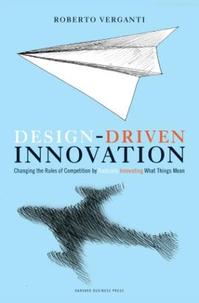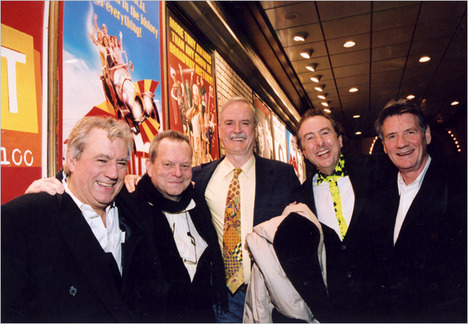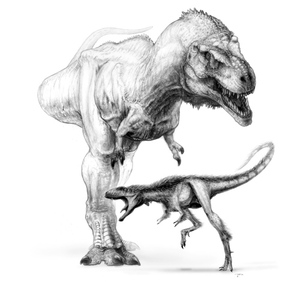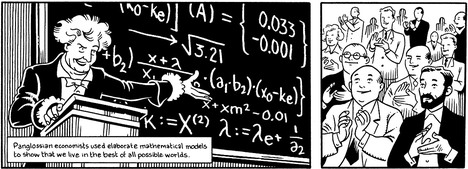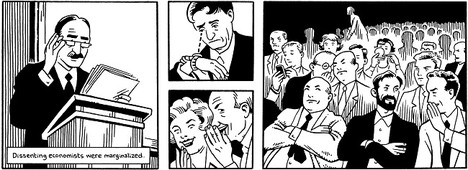(p. 324) Disney seems no more real in the growing body of academic critiques of the man and the company that bears his name. Many of these critiques are vaguely if not specifically Marxist in their methodology, and they display the usual Marxist tendency to bulldoze the complexities of human behavior in the pursuit of an all–embracing interpretation of Disney’s life and work. What fatally cripples most academic writing about Walt Disney is simple failure to examine its supposed subject. Disney scholarship, like many other kinds of scholarship in today’s academy, feeds on itself. The common tendency is for scholars to rush past the facts of Disney’s life and career, frequently getting a lot of them wrong, in order to write about what really interests them, which is what other scholars have already written. It is this incestuous quality, even more than such commonly cited sins as a reliance on jargon, that makes so much academic writing, on Disney as on other subjects, claustrophobically difficult to read.
Disney has attracted other writers whose unsupportable claims and speculations sometimes win approval of scholars all too eager to believe the worst of the man. The persistent accusations of anti-Semitism are only the mildest examples of an array whose cumulative effect is to portray a Disney who was, among other vile things, racist, misogynist, imperialist, sexually warped. a spy for J. Edgar Hoover, desperate to conceal his illegitimate Spanish birth, (p. 325) and so terrified of death that he had his body cryogenically frozen. Pathologies are undoubtedly at work here, none of them Disney’s.
Source:
Barrier, Michael. The Animated Man: A Life of Walt Disney. 1 ed. Berkeley, CA: University of California Press, 2007.


